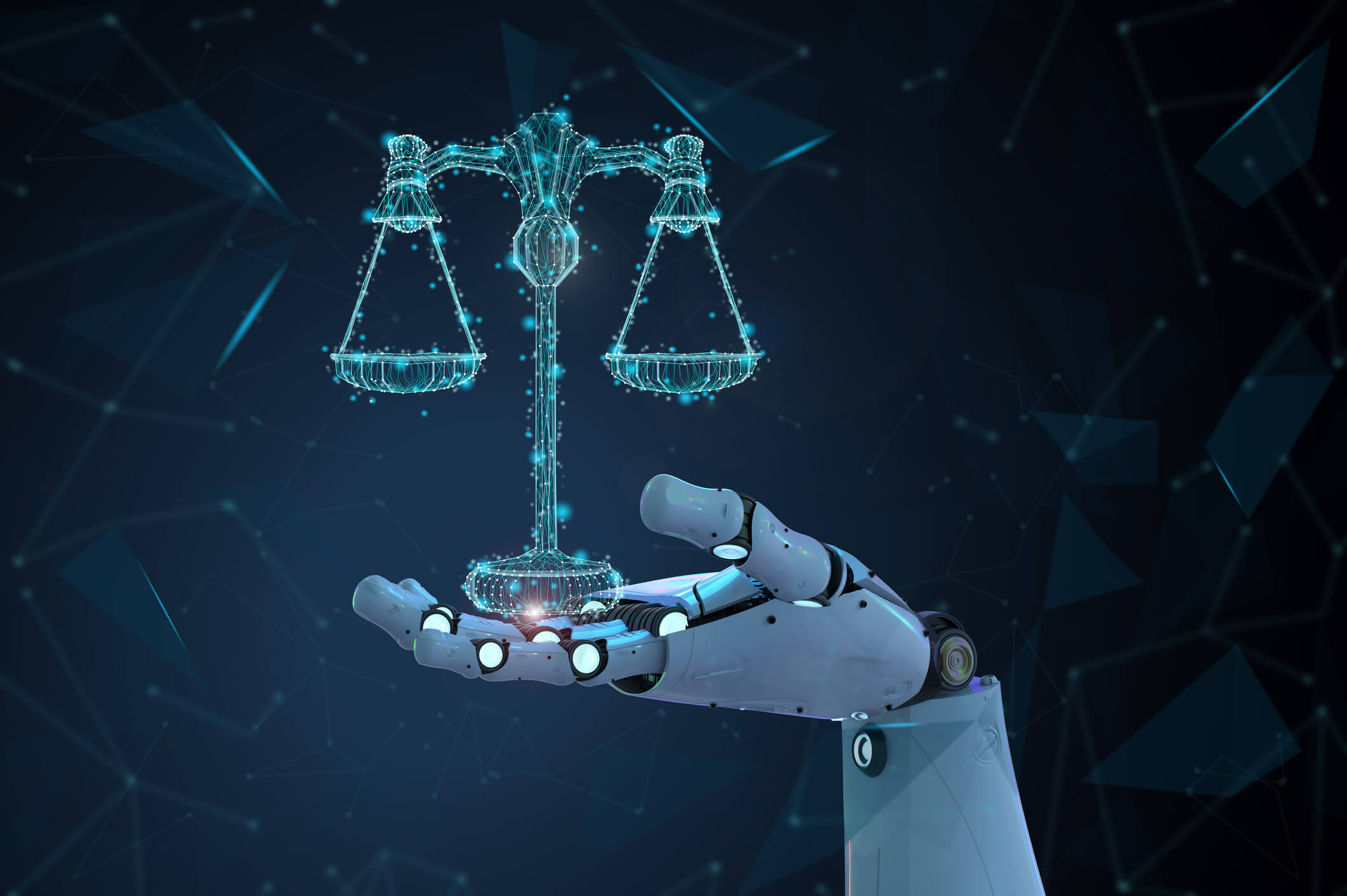Currently, cybersecurity is a top priority for the justice system. However, in the last two decades, cyber-attacks have become more and more challenging to predict and defend against. Because of this vulnerability, technology must be developed to protect the advancements in the justice system against cyberattacks.
 Modern Tech and the Justice System
Modern Tech and the Justice System
Data will need to be transferred internally and externally, depending on the business. Therefore, multiple avenues are open to attack regarding cyber-related technology. The justice system has been reluctant to use digital technology to store and transfer data because these vulnerabilities put them behind in today’s digital world.
They also fail to analyze data efficiently and identify critical points and necessary changes in the justice system as it changes and advances. The lack of information flowing can have disastrous results when the justice system relies exclusively on manual procedures. Systems within the justice department, internally and externally, need to communicate to share data efficiently.
While this can be open to cyber-security issues, handling it can slow down or halt the transferring and sharing of crucial data. For example, transferring a criminal from a local jail to the prison can be challenging because the involved staff will not have the individual’s medical, mental health, and legal history.
What if the criminal is a heart patient and requires treatment occasionally? There is no way for the prisoner administration to know about it, which could eventually put the criminal’s life in serious jeopardy. In hindsight, all departments must participate in redefining the justice system digitally for better performance.
 Modern Approach
Modern Approach
Departments like courts, correction facilities, parole, and health sectors can work collaboratively for the future of public safety. If they want to accomplish an automated public safety infrastructure, they need a modern approach.
The key to a modernized approach is eliminating isolation and implementing an integrated system. In public safety measures, related agencies must develop solutions that allow each system to transfer information.
It would have been a hassle a decade before, given that the organizations had to reconfigure the entire system. This step required ample time and resources because many organizations fall under the category of public safety enterprises.
However, there are different ways to tackle this in the contemporary era. One way is utilizing a software-based integration procedure that connects with other systems. This method provides an easier way to transfer the correct information to suitable systems at a time. Here are three main features necessary for data sharing in the justice system.

Real-time processes
The data integration features require constant surveillance and monitoring so that the investigation agencies can understand the entire prospect of the data. With an integrated system, it becomes easier for agencies to see through data layers and make outcome-oriented results.
Accessibility
We live in an era of automation, and not making the best use of it can cause severe problems in due time. It’s even more advantageous given that federal agencies can also reduce their manual efforts and probable errors. Moreover, it is easier to track criminals and cases across different organizations due to automated information exchanges between them.
Forecasting analysis
Statistical models, where investigators evaluate the behavior patterns of different organizations, have been part of the justice system for many decades. Thus, with an integrated system, the agencies can use statistical models to detect variances and resolve different issues before they occur.
Conclusion
These features are the cornerstone of any automated justice system, where they can focus on any individual while collecting data across different systems. It also allows investigators to focus on studying the data rather than spending time collecting it. In hindsight, the original purpose of using automated systems is to reduce time in collecting information while performing efficient decision-making steps for better results.
 About Complete Controller® – America’s Bookkeeping Experts Complete Controller is the Nation’s Leader in virtual bookkeeping, providing service to businesses and households alike. Utilizing Complete Controller’s technology, clients gain access to a cloud platform where their QuickBooks™️ file, critical financial documents, and back-office tools are hosted in an efficient SSO environment. Complete Controller’s team of certified US-based accounting professionals provide bookkeeping, record storage, performance reporting, and controller services including training, cash-flow management, budgeting and forecasting, process and controls advisement, and bill-pay. With flat-rate service plans, Complete Controller is the most cost-effective expert accounting solution for business, family-office, trusts, and households of any size or complexity.
About Complete Controller® – America’s Bookkeeping Experts Complete Controller is the Nation’s Leader in virtual bookkeeping, providing service to businesses and households alike. Utilizing Complete Controller’s technology, clients gain access to a cloud platform where their QuickBooks™️ file, critical financial documents, and back-office tools are hosted in an efficient SSO environment. Complete Controller’s team of certified US-based accounting professionals provide bookkeeping, record storage, performance reporting, and controller services including training, cash-flow management, budgeting and forecasting, process and controls advisement, and bill-pay. With flat-rate service plans, Complete Controller is the most cost-effective expert accounting solution for business, family-office, trusts, and households of any size or complexity. 



